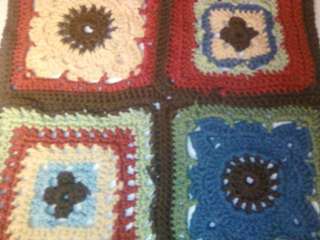Ok...so a long time has gone by since my last blog - but I am ESTATIC to report on a major sewing breakthrough - PATTERN FITTING!
Completely sick of LOVING to sew - WANTING desperately to make my own adorable dresses – doing decent work but not being able to get them to FIT - I thought, this is beyond ridiculous.
I am a reasonably intelligent and more than capable girl. Surely I can figure this out. After having taken a private sewing lesson back in 2010, I learned I was using the wrong size pattern. I needed a size 6 and not the 10 I had been making even though the measurements for a size 10 most closely matched my own.
What I did not know back then was that typically 5 inches of wearing ease is built into most commercial sewing patterns. This doesn't sound like much, but in comparison to read-to wear garments, it’s huge. A loose fitting T-shirt with no side shaping will automatically provide some extra wearing ease as part of the intended look of the garment. Then it is up to the shopper to purchase the individual size she wants according to her shape and comfort level. If a ready to wear garment is designed to be tailored or body contoured, then choosing to purchase a larger size garment for fitting ease distorts the intended fit the designer created the garment for.
In switching to a size 6 I was now sewing the correct circumference, which was good, but it didn't completely resolve my fitting issues. So after a few more sewing misfits followed by some research, I learned that most adult female patterns are for women who measure 5 foot 9. That's much more length than this 5 foot 1 girl needs! And it was time to deal with getting the length problems resolved.
Though I had already been making the "short waist" adjustment pre-printed on most patterns, I now understood that simply removing 1 inch at the waist was not going to adequately address the remaining 7 inch vertical difference between my size and that of the "average" woman. So, what is a not sew girly girl to do? Wait for a pattern sale to buy a sheath style pattern and FIGURE her figure out!
Settling on McCalls 2401 - labeled "easy" and having multiple neck line and sleeve variations, I went to work on my muslin. I decided not to make adjustments of any kind the first time around. After cutting out the tissue pattern pieces I transferred over all the markings particularly the bust apex, waist-line hash mark and added an "x" to mark the fullest curve of the hip.
Trying on my muslin, sans back zipper, I took note of where the garment curves (bust, waist and hips) fell. Knowing in advance that none of them would match mine, I set about pinning "out" the excess fabric on the front of the dress to bring them up where they needed to be.
CAREFULLY taking my pin-filled muslin off, as best I could, I took an ink pen and made marks at the top and bottom of each pinned section. Taking the pins out, I took a ruler and measured each section to determine how much length had been removed from each area. I wrote those numbers directly on the muslin.
Going back to my pattern pieces, with a dress makers ruler, ink pen and removable tape, I made the same length adjustments on the tissue paper that I had written on my muslin. For my purposes, I had to remove 1/2 an inch across my chest at the center front of the arm hole and another 1/4 of an inch under the armhole put the bust curve where my bust falls. Removing a 1/2 inch from the torso area put my pattern waist indent where mine naturally falls. And, new discovery, another 1/2 below the waist about 4-5 inches down brought the pattern hip curve up to meet mine. Once all the “front” pattern pieces were altered, I made the same exact changes to all the “back” pattern pieces.
Next, I re-cut the altered pieces from more muslin, sewed them up and was SHOCKED at how well it fit! Thrilled with my success, rather than make an actual dress from my perfectly altered pieces - I was ready to see if this process worked as well with other patterns. But that is another blog -
Thursday, October 4, 2012
Subscribe to:
Post Comments (Atom)













No comments:
Post a Comment